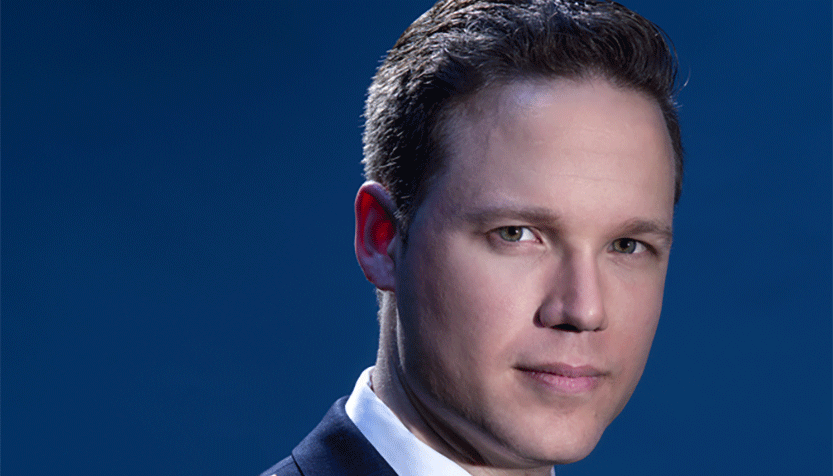Please note this event is not presented by Strathmore and tickets are exempt from Strathmore’s refund/exchange policy.
Program
Samuel Coleridge-Taylor - Overture from The Song of Hiawatha, Op. 30, No. 3
Camille Saint-Saëns - Violin Concerto No. 3 in B minor, Op. 61, with Netanel Draiblate, violin
Modest Mussorgsky - Pictures at an Exhibition
Samuel Coleridge-Taylor was a much-respected Black composer in 19th-century England whose work brought diversity and brilliance to the orchestra. The main melody of the Overture to The Song of Hiawatha and connecting theme are derived from the spiritual, "Nobody Knows the Trouble I've Seen". Although the original Longfellow poem upon which the composition was based is now controversial and seen as dealing in ethnic tropes, at the time Coleridge-Taylor was drawn to the outsider status of the characters and the epic bent of the written work. The Overture reflects society's remarkable ability to view music and culture through a wider, more profound, and more sensitive lens.
ASO Concertmaster Netanel Draiblate brings his mastery of the violin to Saint-Saëns' Violin Concerto No. 3. Saint-Saëns dedicated the work to his friend and colleague, Pablo de Sarasate, one of the 19th century's greatest violin virtuosos. This work (and Saint-Saëns as a composer generally) honors and respects the Classical style's traditions of form while embracing Romantic fireworks and drama. This concerto is an excellent example of Saint-Saëns' respect for the past while also being a highly respected contemporary composer of his time.
Modest Mussorgsky's Pictures at an Exhibition describes his walk through a museum admiring different works of visual art painted by his friend Viktor Hartmann. The music is programmatic, depicting the topics of the varied paintings, ranging from baby chicks running amok to a menacing fairytale witch to the solemnity of catacombs. The importance of the piece lies in Mussorgsky's musical depiction of people from various social and cultural groups at different stages of life, displaying a range of emotions. The final movement, "The Great Gate of Kyiv," is considered one of Mussorgsky's most significant works.
